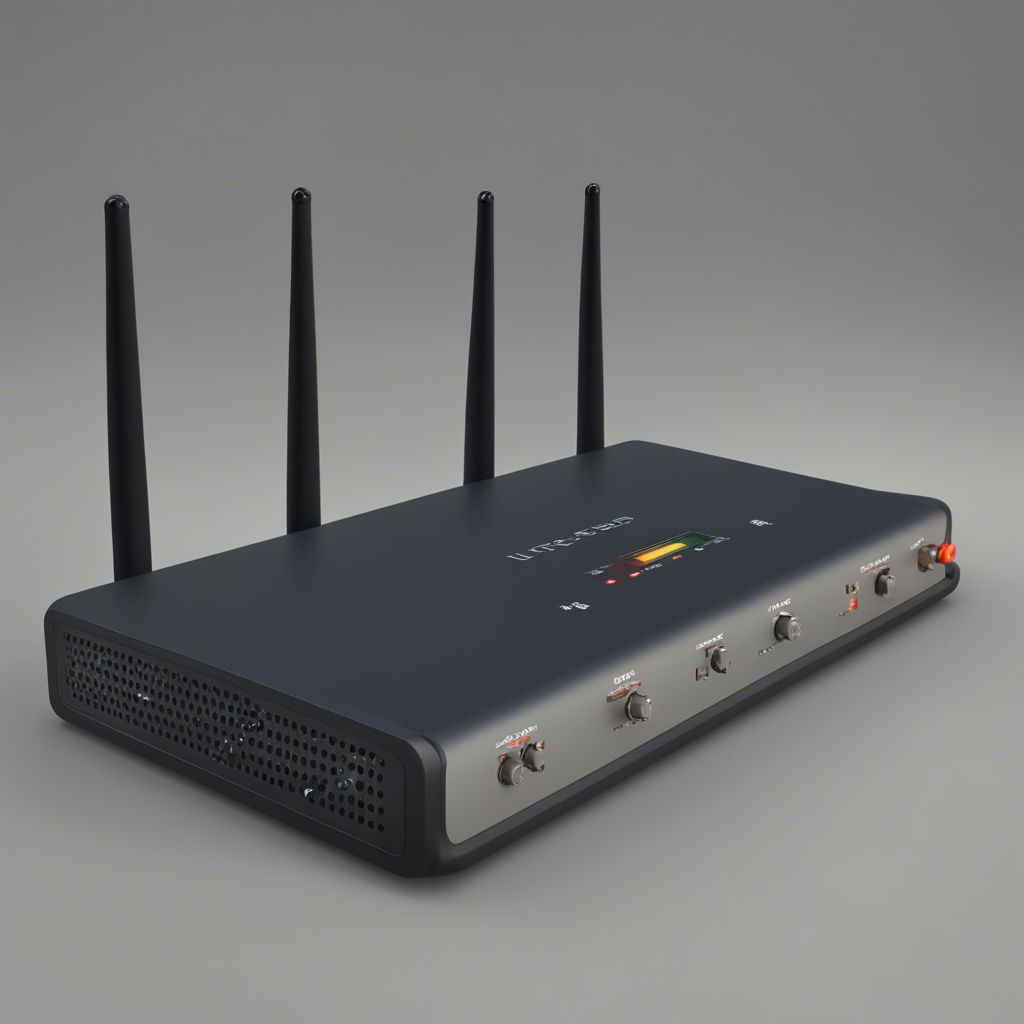
Maintaining Digital Privacy: Your Ultimate Guide
In today’s digital age, privacy has become a paramount concern for individuals and organizations alike. With the increasing frequency of data breaches, identity theft, and online surveillance, it is crucial to take proactive measures to safeguard your digital privacy. This comprehensive guide aims to provide you with the essential knowledge and practical tips to maintain your digital privacy effectively.
Understanding Digital Privacy
Digital privacy refers to the control individuals have over their personal information and online activities. The concept encompasses protecting sensitive data, managing online identities, and preventing unauthorized access or surveillance. In an era where technology pervades every aspect of our lives, from social media and online shopping to banking and communication, it is essential to learn how to protect ourselves in the digital realm.
Establishing a Strong Foundation for Privacy
-
Use strong and unique passwords: Creating strong passwords and avoiding password reuse is a fundamental step towards protecting your digital privacy. Utilize a combination of upper and lowercase letters, numbers, and special characters. Consider using a reputable password manager to securely store and generate unique passwords for each account.
-
Enable two-factor authentication (2FA): Adding an extra layer of security through 2FA provides an additional barrier against unauthorized access. Implement 2FA wherever possible, especially for critical accounts like email, online banking, and social media platforms.
-
Regularly update your devices and software: Keeping your devices and software up to date is crucial for maintaining digital privacy. Updates often include security patches that address vulnerabilities and protect against known threats. Enable automatic updates to ensure you stay protected at all times.
-
Secure your home network: Secure your router with a strong password, enable network encryption (WPA2 or WPA3), and change the default admin credentials. Consider enabling a guest network for visitors and devices that you do not fully trust.
Protecting Your Personal Data
-
Be cautious with social media sharing: Restrict the amount of personal information shared on social media platforms. Avoid posting sensitive information like your address, phone number, or birthdate publicly. Regularly review your privacy settings and limit access to your posts, photos, and personal details.
-
Encrypt your communications: Utilize end-to-end encryption applications for private conversations, such as Signal or WhatsApp. Encrypting emails with services like PGP (Pretty Good Privacy) adds an extra layer of privacy to your correspondence.
-
Limit third-party data collection: Review and adjust privacy settings on websites and apps to limit the collection and sharing of your personal data. Avoid unnecessary data sharing and regularly review the permissions granted to applications on your devices.
-
Browse privately with a VPN: Use a reputable Virtual Private Network (VPN) to encrypt your internet connection and anonymize your online activities. A VPN protects your data from eavesdroppers, advertisers, and your own internet service provider.
Safeguarding Your Online Identity
-
Use pseudonyms and alternate email addresses: Consider using pseudonyms or alternate names when creating online accounts for non-sensitive activities. Additionally, use separate email addresses for different purposes to compartmentalize your online presence and minimize the risk of specific accounts being compromised.
-
Use anonymous browsing: Avoid leaving a digital footprint by adopting anonymous browsing techniques. Tools like Tor Browser help anonymize your internet traffic and prevent websites from identifying you through cookies and other tracking technologies.
-
Beware of phishing attempts: Phishing attacks are common methods used by hackers to trick individuals into revealing their personal information or login credentials. Be cautious of suspicious emails, messages, or phone calls and verify the legitimacy of requests before providing any sensitive information.
-
Manage your online reputation: Regularly search for your name and review the information available about you online. If necessary, take steps to remove or minimize personal details that could compromise your privacy.
Protecting Your Digital Footprint
-
Clear your browsing history and cookies: Regularly delete your browsing history and cookies to minimize the data collected by websites and advertisers. Most web browsers provide options to clear this data manually or automatically upon exit.
-
Use browser extensions for privacy: Consider installing browser extensions like ad-blockers and script-blockers to prevent tracking and intrusive advertisements. Tools like Privacy Badger and uBlock Origin can enhance your online privacy and browsing experience.
-
Secure your cloud storage: If you store personal or sensitive data in the cloud, ensure it is adequately protected. Enable two-factor authentication, use strong encryption, and understand the level of privacy provided by your chosen cloud storage provider.
Keeping Up-to-Date on Privacy Developments
-
Stay informed about privacy regulations: Familiarize yourself with privacy laws and regulations applicable to your region. Stay updated on changes or developments that may impact your digital privacy rights.
-
Follow reputable privacy advocates and organizations: Follow reputable privacy organizations such as the Electronic Frontier Foundation (EFF) or the American Civil Liberties Union (ACLU) to stay informed about emerging privacy threats, industry best practices, and advocacy efforts.
-
Read privacy-focused publications: Regularly read privacy-focused publications like “Wired,” “The Guardian,” or “Privacy News” to keep up-to-date with the latest privacy news, trends, and innovations.
Conclusion
Maintaining digital privacy is an ongoing endeavor in an increasingly connected world. By implementing the strategies outlined in this comprehensive guide, you can take control of your online privacy and protect your personal information from prying eyes. Remember, digital privacy is a fundamental right, and it is up to individuals and society to safeguard it for a more secure and private digital future.
Disclaimer: The information provided in this blog post is for informational purposes only and should not be considered as legal, financial, or professional advice. Readers are encouraged to consult with appropriate professionals and conduct their own research for specific privacy concerns.






